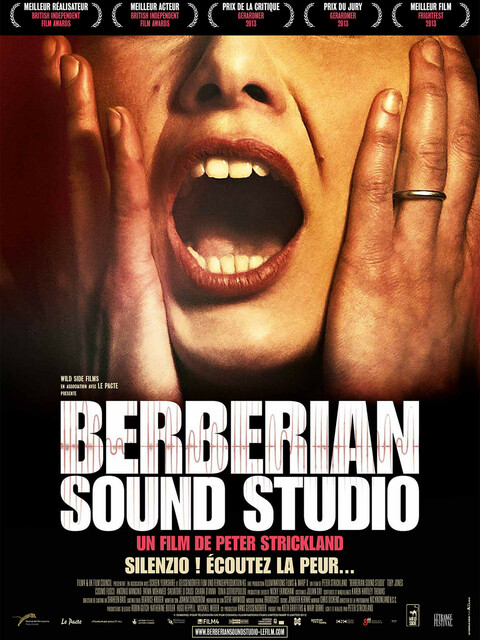


The work of VHS Head does not simply represent another example of the contemporary enthusiasm for dead media and obsolete technologies, but also serves as a model for how the recent past resides in the present day: as a discontinuous and disorienting barrage of fragments that haunt and unsettle the present. The analogue remnants of the recent past are digitally reprocessed and reconfigured in a way that amplifies their force and menace.

Occupying the space where glitchy electronica meets hypnogogic pop, the tracks on VHS Head’s debut album Trademark Ribbons of Gold trace a trajectory from the VCR to the mp3. In this way, the trailer serves as both promotional product and critical (self-)appraisal, suggesting in the textual and paratextual construction of the Hitchcock trailer an intersection of the materialism of the commercial package and the abstraction of artistic ambition.Ĭomprised primarily of samples drawn from a collection of 80s videocassettes layered over frenetic and fractured beats, the music of VHS Head points to the way in which memory and technology intersect. In so doing, Hitchcock promotes ostensibly ‘closed texts’ not open to interpretation while offering the potential for polysemantic renderings of such texts – opening the paratext. As the director’s influence began to grow and his own sense of authorship began concomitantly to develop, in these trailers (filmic paratexts), Hitchcock, as the author argues, increasingly makes the case for his artistic intentions, mirroring the ambiguous and excessive style of his contemporaneous filmmaking in such promotional material. But while the studios understood that Hitchcock’s appeal was a key part of his films’ selling points, his role in such content was, for the most part, a corollary to the task of having to sell a motion picture. But whatever the particular fears exploited by particular horror films, they provide viewers with vicarious but controlled thrills, and thus offer a release, a catharsis, of our collective and individual fears.Īs a filmmaker who frequently enjoyed unusual artistic control over his output, Alfred Hitchcock was known for appearing not only in his films but also in their trailers. The ideology of horror has shifted historically according to contemporaneous cultural anxieties, including the fear of repressed animal desires, sexual difference, nuclear warfare and mass annihilation, lurking madness and violence hiding underneath the quotidian, and bodily decay. To do so, horror addresses fears that are both universally taboo and that also respond to historically and culturally specific anxieties. Horror movies aim to rudely move us out of our complacency in the quotidian world, by way of negative emotions such as horror, fear, suspense, terror, and disgust. It has also been a staple category of multiple national cinemas, and benefits from a most extensive network of extra-cinematic institutions. The genre of horror has been an important part of film history from the beginning and has never fallen from public popularity. This paper offers a broad historical overview of the ideology and cultural roots of horror films.


 0 kommentar(er)
0 kommentar(er)
